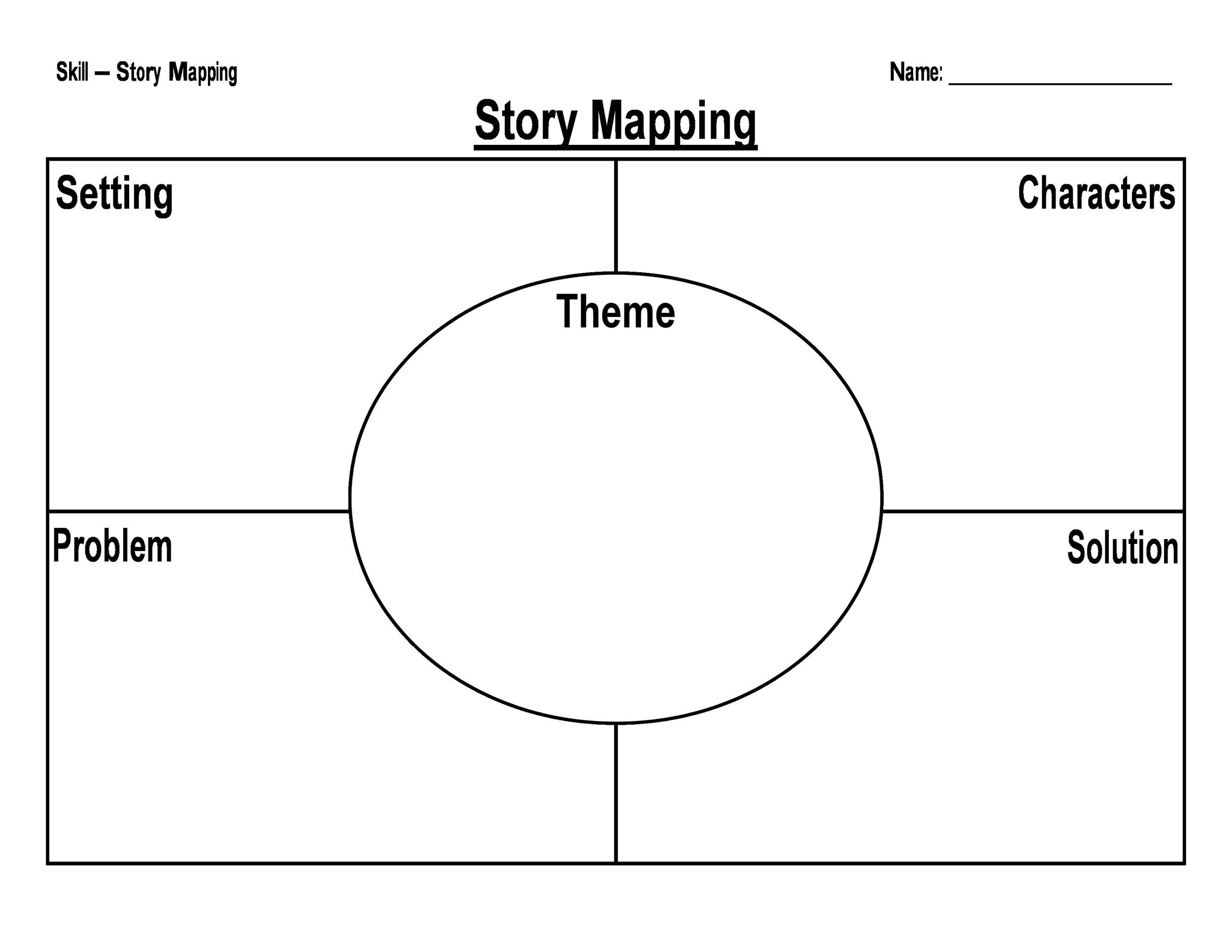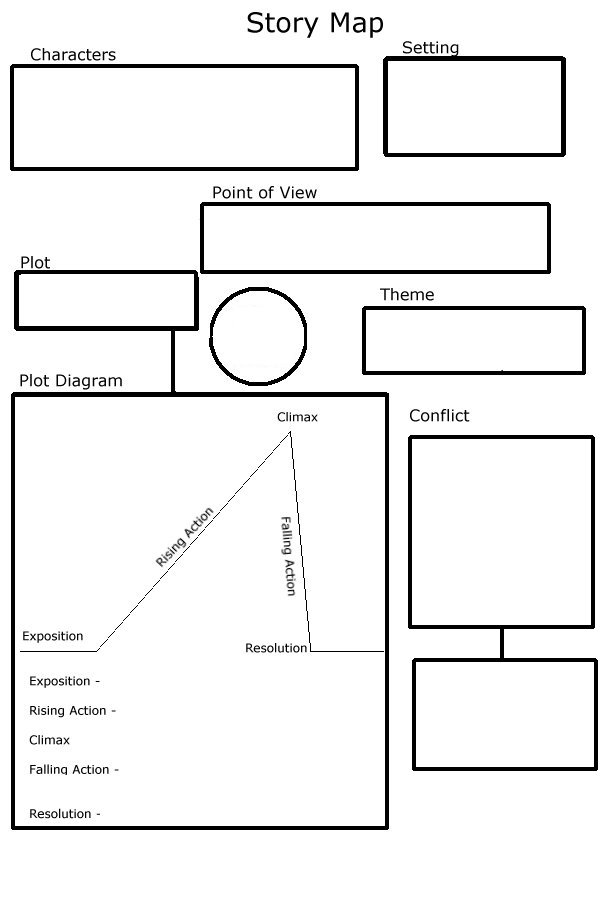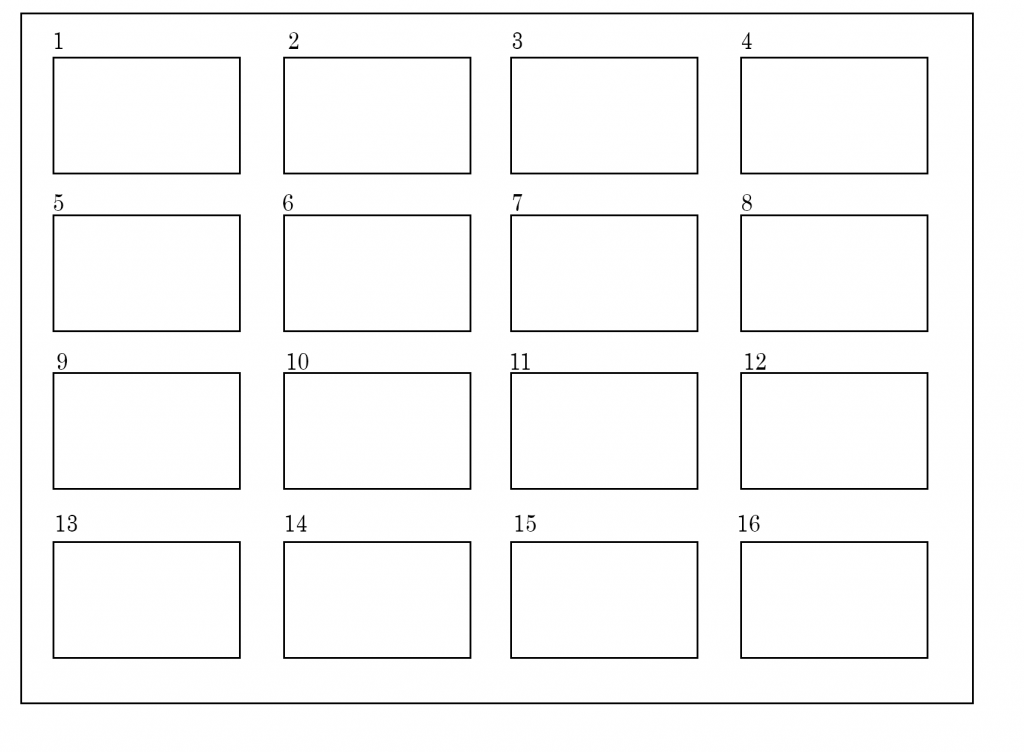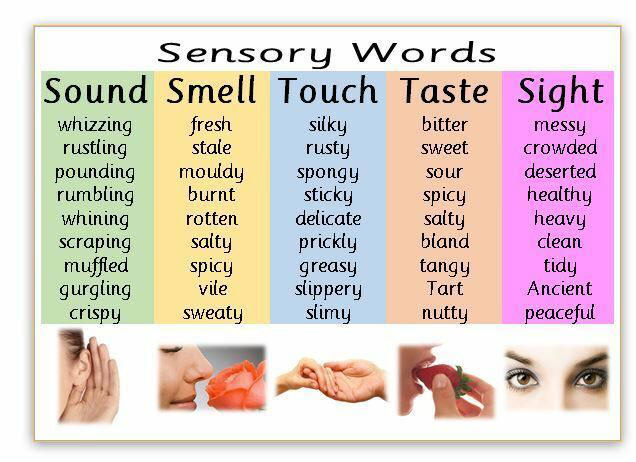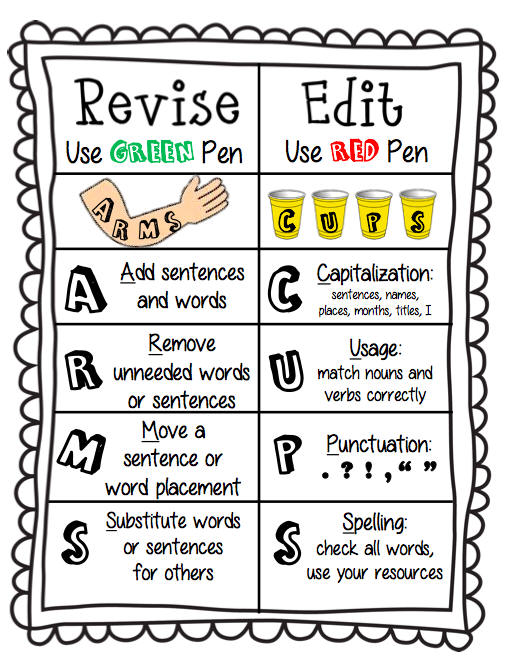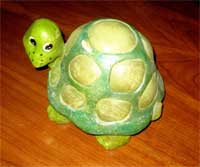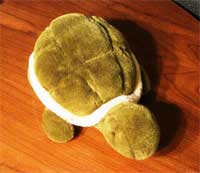|
Possible story hooks to make readers
turn the page:
1. a surprise unexpected situation
involving character
2. a sentence describing some unfinished
business in passage
3. a fantastic fact from the passage that
reader has to read for the answer
4. a question about the plot of the story
5. a suggestion about an eminent disaster
*Drafting—Students work
independently at this stage. Talk with students
individually as they write, offering praise and
suggestions. Notice any areas with which students might
require separate conference time or minilessons.
During drafting of a narrative nonfiction
piece, each scene should contain: character(s), place or
location, dialogue (what they say), action, and a last
sentence or hook which makes the reader turn the page.
Scenes should include descriptive literary elements
found in fiction.
|




